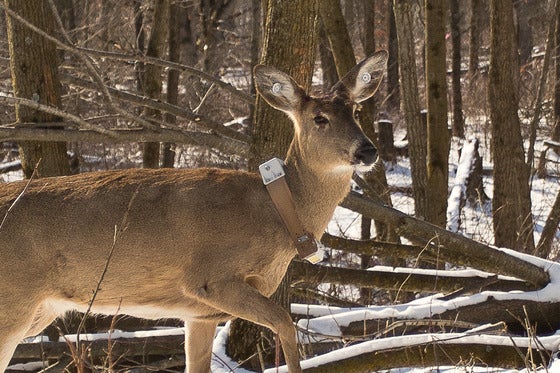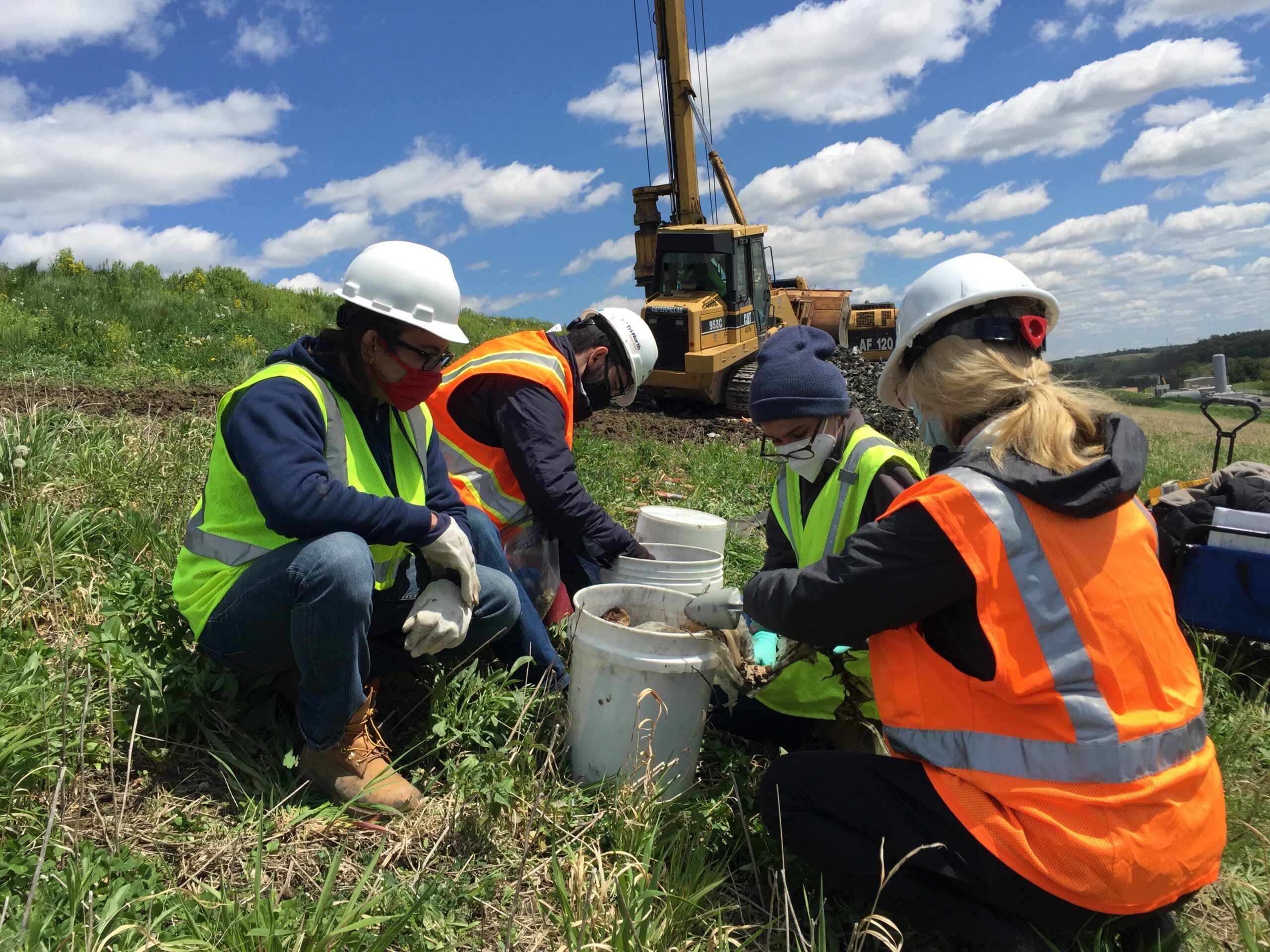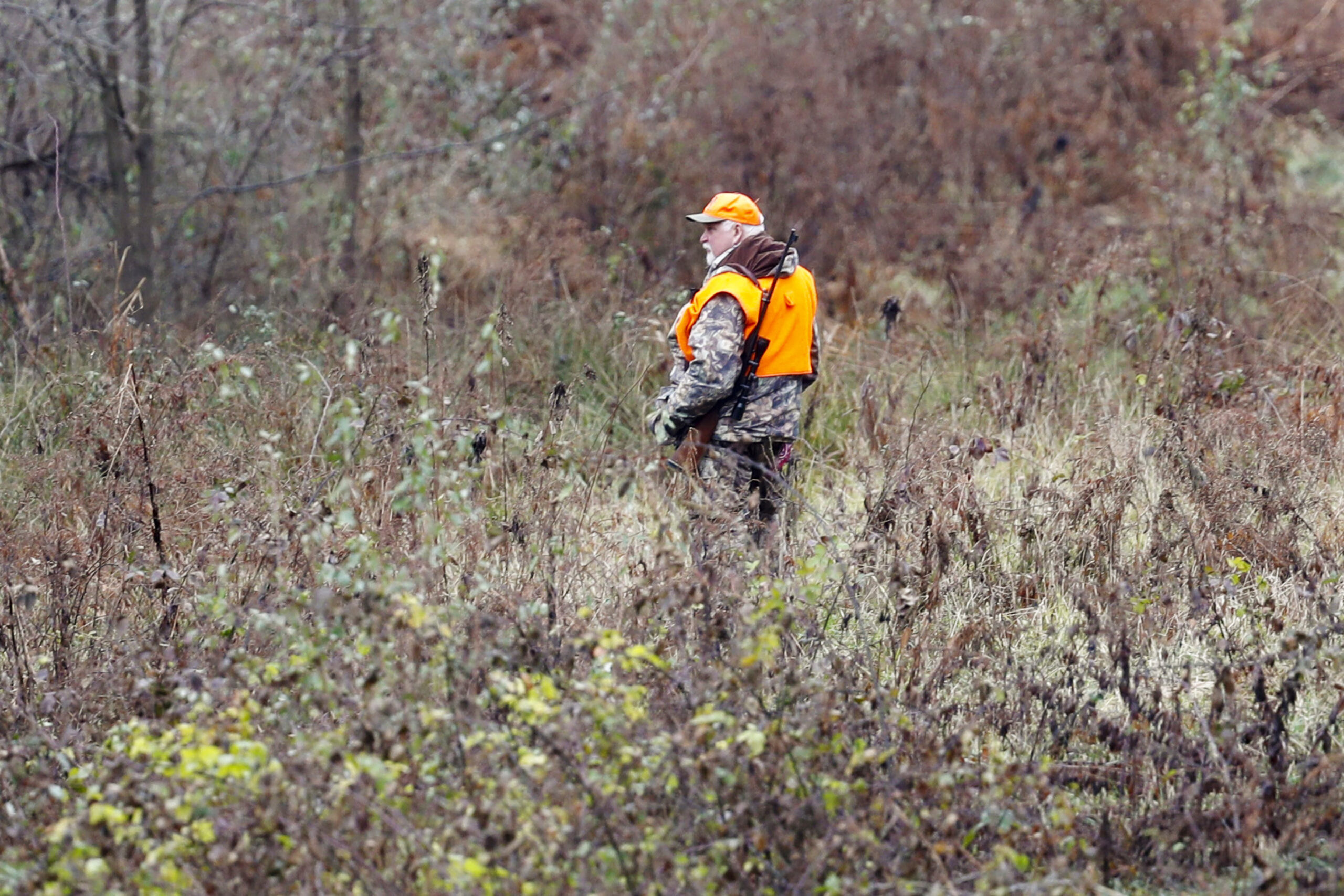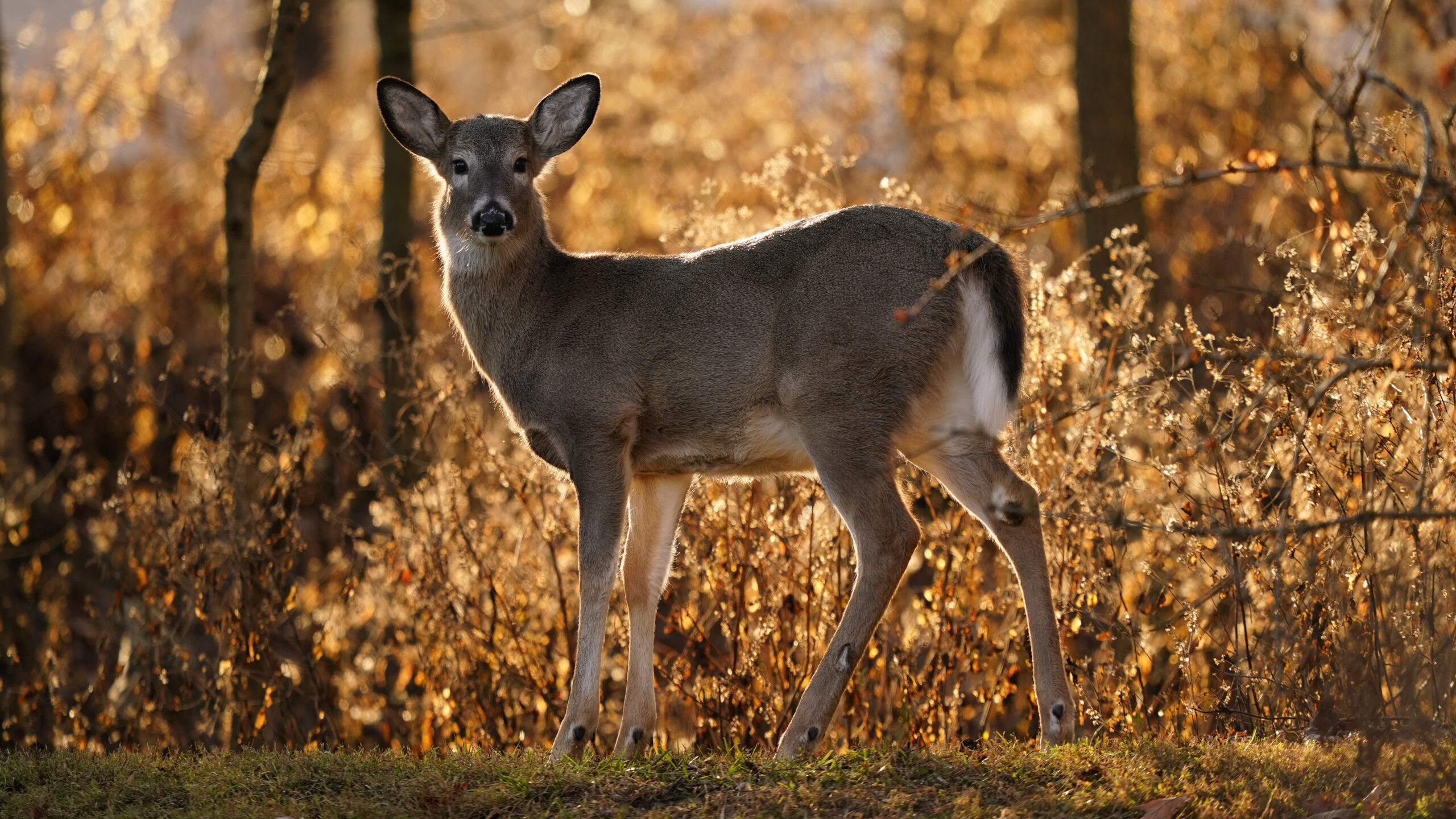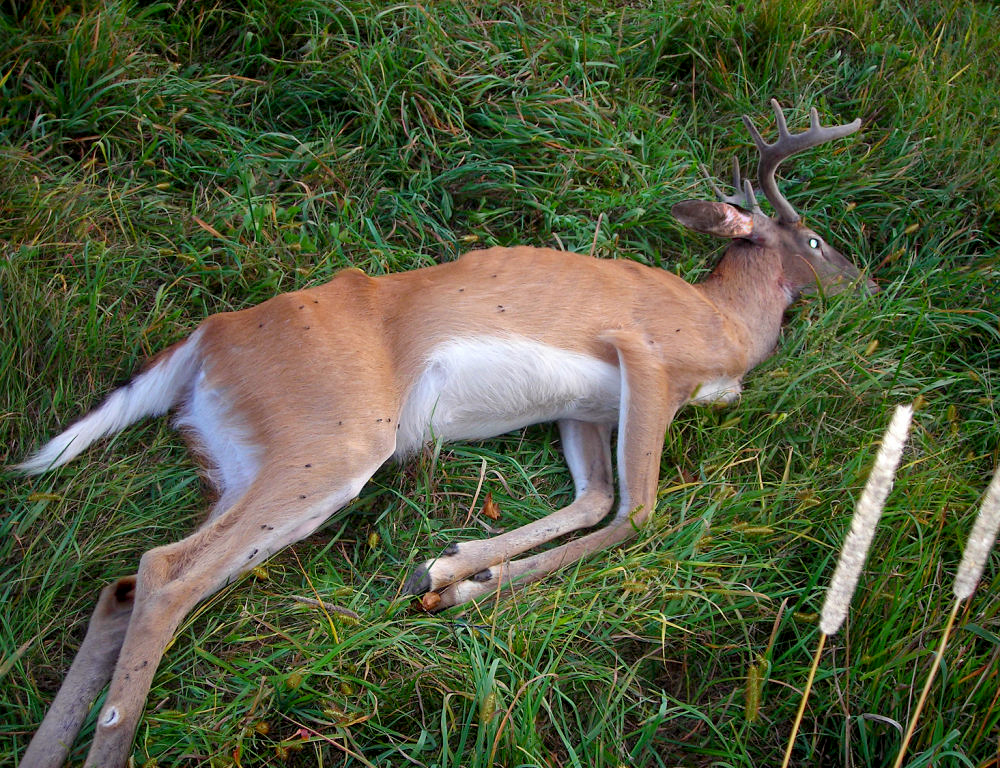The Wisconsin Department of Natural Resources finished collaring fawns last month in southwestern Wisconsin. Researchers have been collaring deer and other predators as part of a five-year study on chronic wasting disease.
The DNR collared 91 fawns during May and June to track their survival, said Dan Storm, elk and deer research scientist with the DNR. The study began last fall and researchers collared 138 adult deer over the winter.
“They’re small lightweight elastic collars,” Storm said. “They expand as the deer grows and then after about a year to 18 months the collar eventually just rots off the animal, but that’s how we can measure fawn survival.”
Stay informed on the latest news
Sign up for WPR’s email newsletter.
Storm said the collars measure the weight, sex and age of the animals, as well as biopsy deer to see whether they have CWD. Researchers then follow them through time to look at their survival outcomes, movements and habitat use.
A dozen deer tested positive for CWD out of 122 that were sampled over the winter.
“That’s not too out of line with what we expected. That’s about 10 percent of our sample, so that’s certainly not surprising,” he said.
Storm said the study is the first of its kind to examine deer mortality in a herd with CWD in the Midwest.
“Wisconsin is the place in the Midwest where we have currently the highest CWD prevalence,” he said. “We’re interested in determining what impacts chronic wasting disease might currently be having on the deer population and hope to be able to predict what impact it may have in the future.”
The study covers parts of Iowa, Dane and Grant counties that have both a high and low prevalence of CWD. Storm said they plan to collar 30 bobcats and coyotes this fall.
“Predators kill deer, especially newborn deer,” he said. “Even though the impetus of the project is to look at chronic wasting disease, we’re trying to look at the deer population holistically and look at all the major potential factors that may affect deer populations.”
Storm said researchers aim to catch and collar 200 deer this winter. An update on the study will be presented to the Natural Resources Board at its August meeting.
Wisconsin Public Radio, © Copyright 2025, Board of Regents of the University of Wisconsin System and Wisconsin Educational Communications Board.
